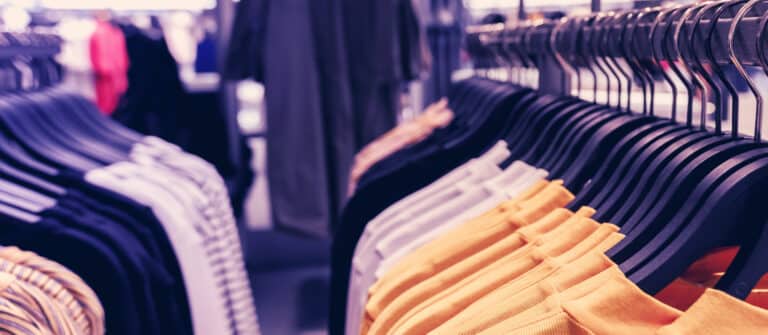Can you tell if personalization is working effectively on your commerce site, right now? Not just the “what” — content or products/offers is being shown — but why and how?
As companies forge ahead and invest in artificial intelligence and machine learning technologies for their e-merchandising teams, the goal is to treat every website visitor as an individual and let them pick out their own experiences instead of defining an one-size-fits-all “journey”.
While it’s true that I am based in California where cannabis is legal, I will assure you that no substances have been imbibed during the authoring of this seemingly mistimed post.
It’s because most of our retail and brand customers are gearing up for the holiday season right now, in August. And like most of them, the IT cutoff to make any meaningful changes, test, and deploy to production is before September.
Personalization traditionally works best when you have tons of behavioral data for each product. But how do you personalize for new products or ones that are considered “long-tail”? How do you ensure that this inventory is immediately visible and recommended to your customers? Well, you couldn’t until recently .. not without NLP.
Holiday season is fast creeping up upon us and retailers are gearing up for it with new catalogs, seasonal promotions, refreshed website, new content and more. But how do you prevent the dreaded “abandoned cart” which threatens to destroy all of our hard work, causing prospects and customers to leave mid-way through the purchase? Studies place cart abandonment as high as 80%! Reducing it by even a few percentage points can mean massive recovered revenue.
RichRelevance Dynamic eXperiences with Engage has you covered. Read on for more.
How can fashion retailers use dynamic data to meet consumer expectations and take advantage of new channels?
It was once believed that people just wouldn’t buy clothes online; that fashion consumers needed to touch and try what they would be wearing – but this is clearly not the case, as online sales grow and brands continue to innovate.
Online fashion sales grew by 185% between 2007 and 2012, and sales are predicted to rise by 41% by 2017.
Lancôme, leader mondial du secteur des produits de beauté, propose une personnalisation en ligne ses clients. La marque innove par la possibilité de construction complète et sur-mesure de son look, à partir de ses produits cosmétiques.
Lancôme s’est associée à RichRelevance pour élaborer cette innovation digitale. Ainsi chaque client peut utiliser les produits cosmétiques Lancôme pour personnaliser son look, selon ses préférences et l’expertise de la marque. Le site propose ainsi des produits en fonction du teint du client, et d’assortiments réalisés par ces experts.
New York – For the upscale, 33-store Barneys New York, customer experience is everything. Affluent shoppers buying high-priced merchandise have certain expectations beyond the availability of quality items, regardless of channel they choose.
“We want every customer to have an online experience personalized to their taste profile, preference and geography, just as we would do in our flagship stores,” Matthew Woolsey, executive VP of Barneys digital, told Chain Store Age.
“Gone are the days where stores are the forefront of the marketing stage and mobile devices are used predominantly for text messages and playing snake”, says Matthieu Chouard at RichRelevance, an omnichannel personalisation specialist. This couldn’t more true than at this season’s ‘Fashion Month’, where technology dominated the catwalk.





